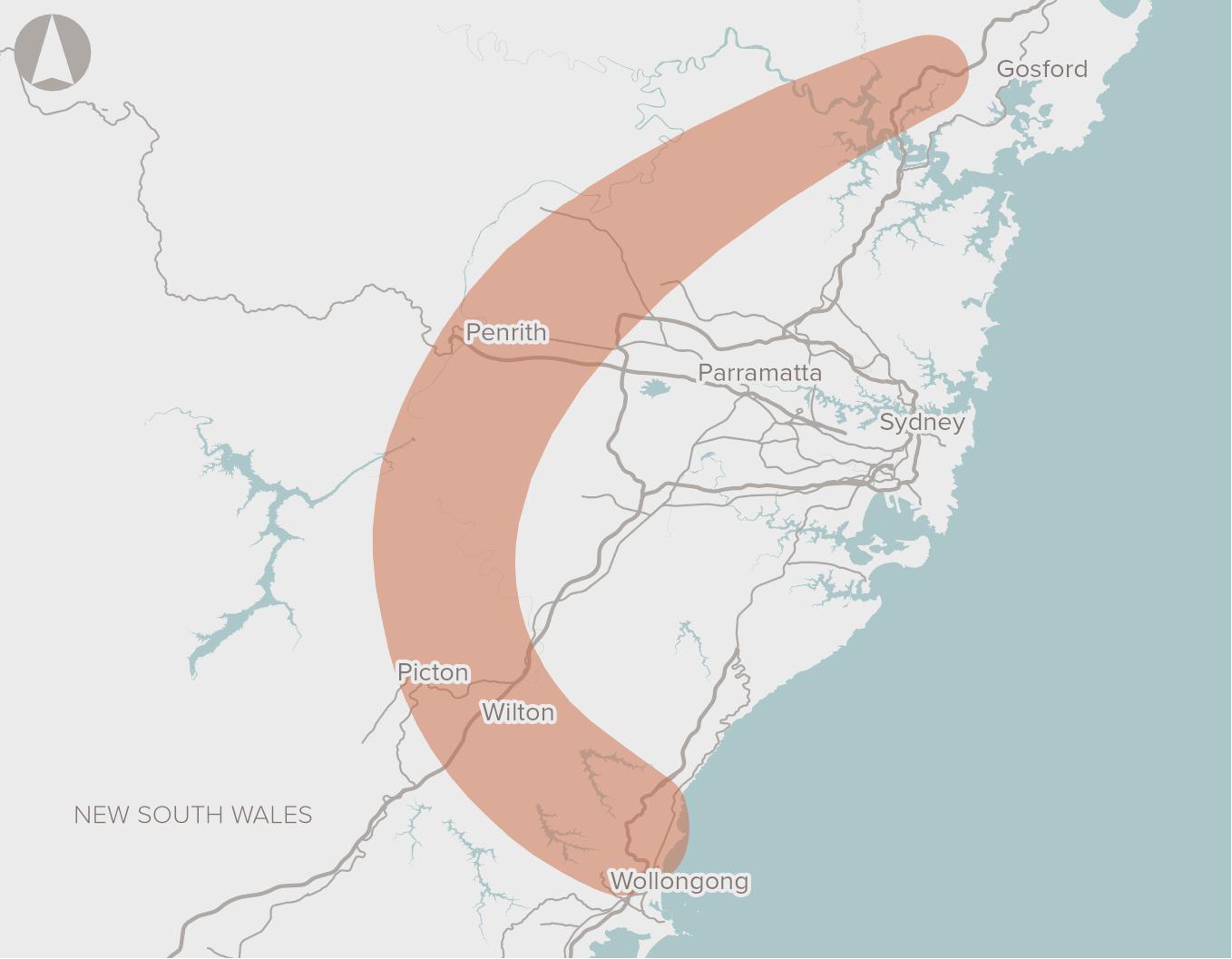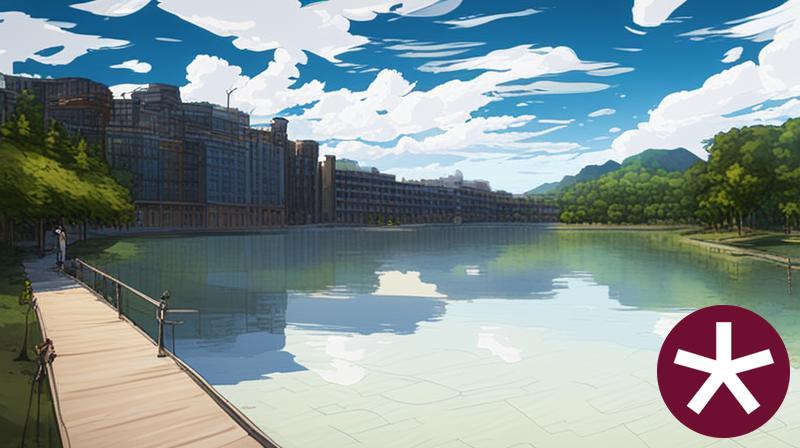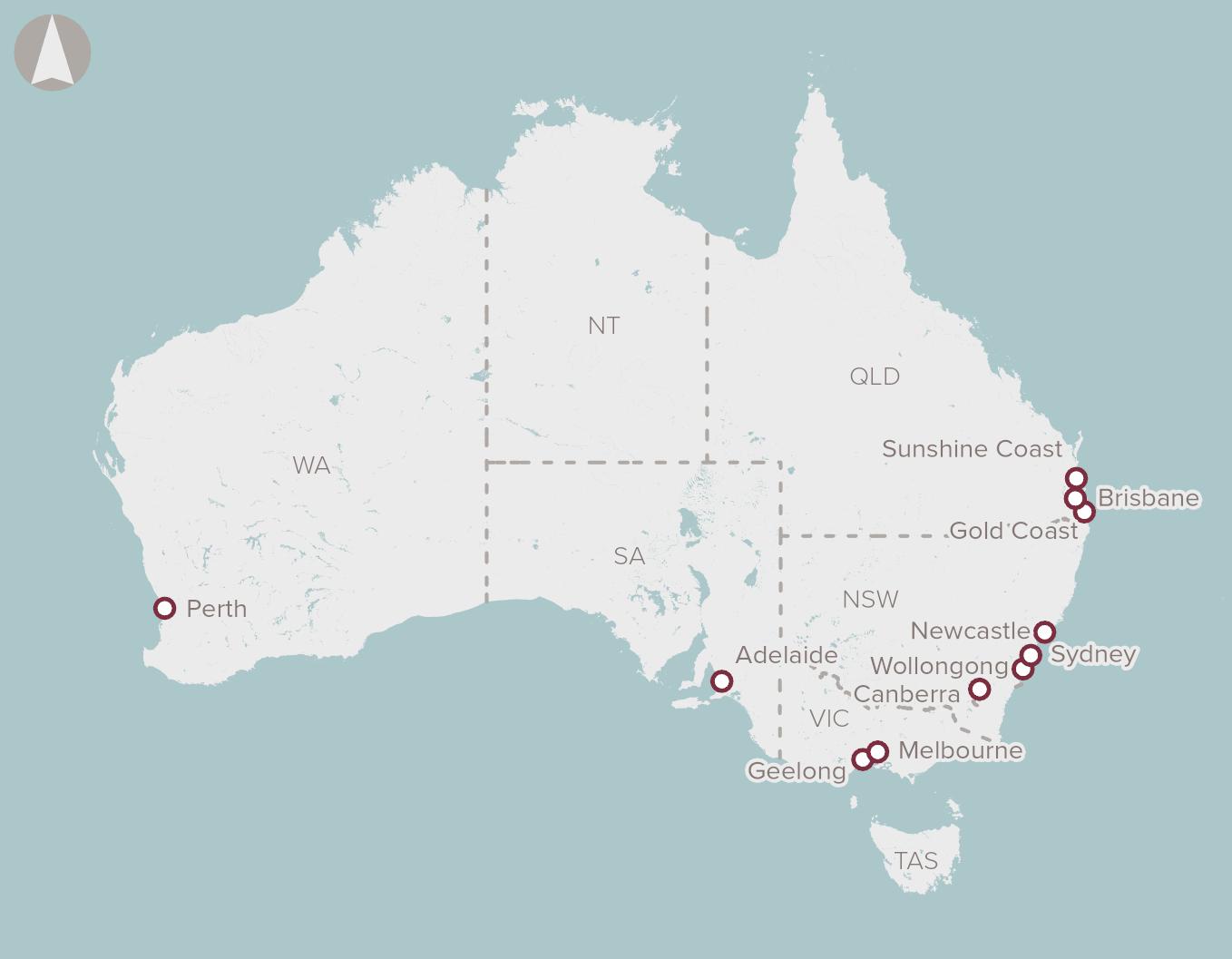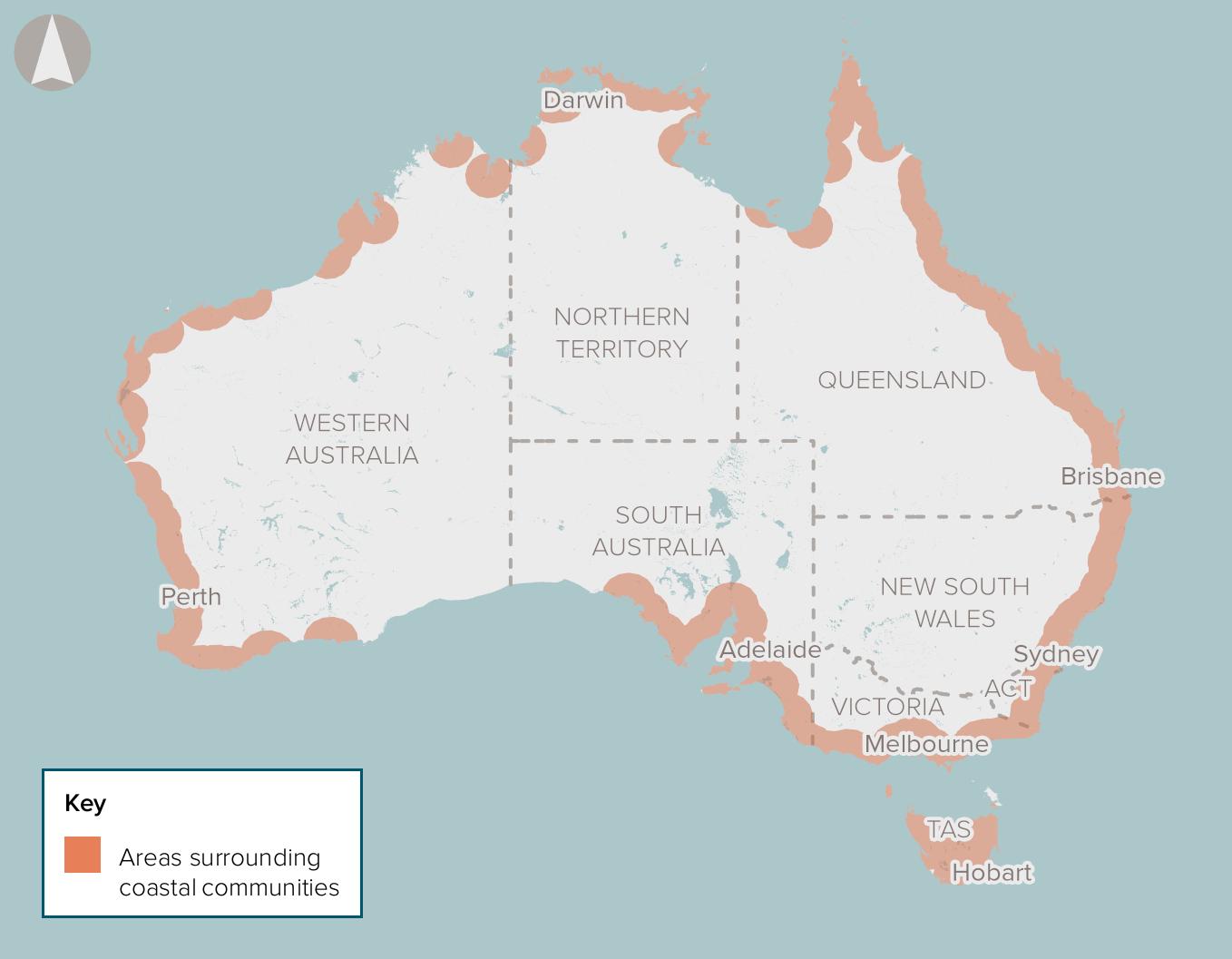Chart Color Schemes
est. as @ -- *
ABS ERP | -- people | --
2021 Census | -- people
Sales Activity
Curious about local property values? Filter the chart to assess the volume and appreciation (including resales) trends and regional comparisons, or scroll to the map below view this information at an individual property level.
Find a Recent Sale
Sales Detail
Population
An assessment of population growth drivers in Moulden reveals an overall ranking slightly below national averages considering recent, and medium term trends
Moulden's population was approximately 3,258 as of August 2025. This figure represents an increase of 205 people since the 2021 Census, which recorded a population of 3,053. The change is inferred from ABS estimated resident population data of 3,253 in June 2024 and address validation since the Census date. This results in a population density ratio of 1,861 persons per square kilometer, higher than the average seen across national locations assessed by AreaSearch. Moulden's growth rate of 6.7% since census places it within 1.9 percentage points of the national average (8.6%), indicating competitive growth fundamentals. Natural growth contributed approximately 79.3% of overall population gains during recent periods.
AreaSearch is using ABS/Geoscience Australia projections for each SA2 area, released in 2024 with a base year of 2022. For areas not covered by this data and to estimate growth post-2032, AreaSearch applies growth rates by age cohort provided by the ABS in its latest Greater Capital Region projections (released in 2023, based on 2022 data). Future population projections indicate above median growth for national statistical areas, with Moulden expected to grow by 563 persons to 2041, reflecting a total increase of 17.1% over the 17-year period.
Frequently Asked Questions - Population
Development
AreaSearch assessment of residential development drivers sees a low level of activity in Moulden, placing the area among the bottom 25% of areas assessed nationally
Moulden has experienced approximately four dwellings receiving development approval each year. Development approval data is produced by the Australian Bureau of Statistics on a financial year basis, with 23 homes approved over the past five financial years (between FY-20 and FY-25), and zero recorded so far in FY-26. On average, 15.5 new residents have arrived per year for each dwelling constructed over the past five financial years. This indicates that supply is substantially lagging behind demand, which generally leads to heightened buyer competition and pricing pressures.
There have been $2.6 million in commercial approvals this financial year, indicating limited commercial development focus. When compared with Greater Darwin, Moulden records markedly lower building activity, which usually reinforces demand and pricing for existing dwellings. This is also lower than the national average, reflecting market maturity and potentially pointing to development constraints.
Population forecasts indicate that Moulden will gain 558 residents by 2041. If current development rates continue, housing supply may not keep pace with population growth, potentially increasing competition among buyers and supporting stronger price growth.
Frequently Asked Questions - Development
Infrastructure
Moulden has limited levels of nearby infrastructure activity, ranking in the 11thth percentile nationally
No changes can significantly influence a region's performance like alterations to local infrastructure, major undertakings, or planning initiatives. AreaSearch has identified zero projects that are expected to impact this area. Major projects include Hudson Creek Power Station, Marine Industry Park, Darwin Corporate Park, and Darwin Renewable Energy Hub, with the following list outlining those likely most relevant.
Professional plan users can use the search below to filter and access additional projects.
INFRASTRUCTURE SEARCH
Frequently Asked Questions - Infrastructure
Royal Darwin Hospital (RDH) Mental Health Inpatient Unit and CSSD upgrades
Three-storey mental health facility on the RDH campus delivering 24 beds (18 inpatient + 6-bed Stabilisation Assessment and Referral Area) connected to the Emergency Department by an enclosed elevated walkway, plus upgrades to the Central Services Sterilisation Department. Managing Contractor: Sitzler. Architects: Ashford Architects (now Ashford Lamaya). Construction commenced 2023 and is tracking toward completion in 2025.
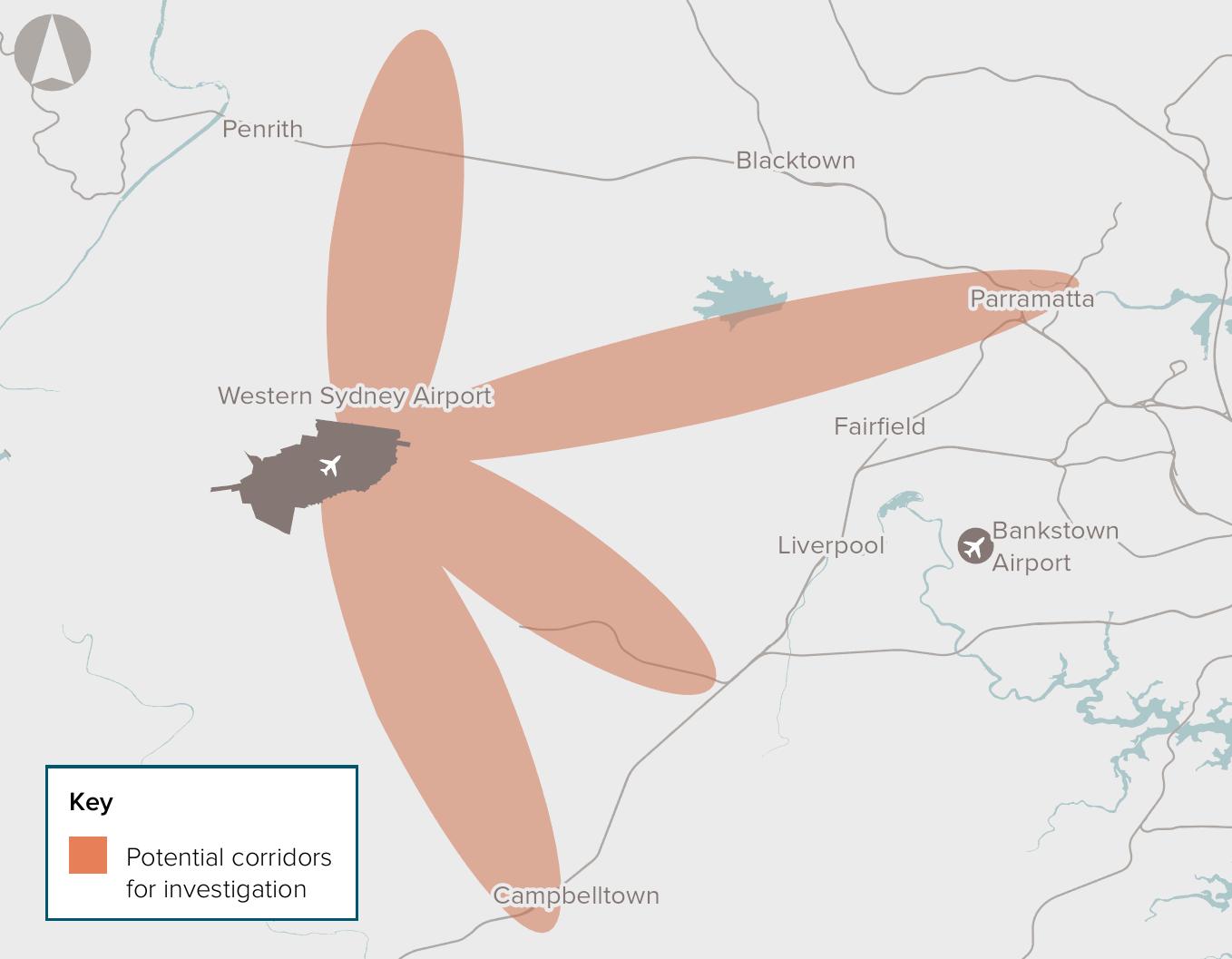
John Stokes Square Redevelopment
The Nightcliff area in Northern Territory is undergoing redevelopment, with works in the John Stokes Square already underway. The redevelopment will feature a 24 Hour Police Station, specifically designed public housing including for seniors and people living with disabilities, a pedestrian-friendly link between the Nightcliff Village and Nightcliff Shopping Centre, open space and the expansion of local services. The construction of these important amenities will create more than 250 local jobs over the lifetime of the project.
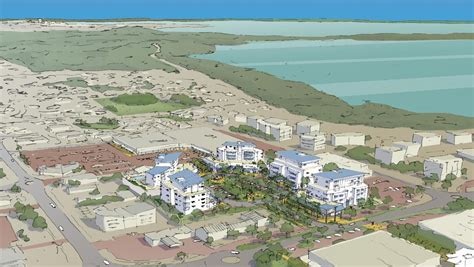
Enabling Digital Health Services for Regional and Remote Australia
National initiative to expand and improve digital health access for people in regional and remote Australia. Focus areas include enabling telehealth and virtual care, upgrading clinical systems and connectivity, supporting secure information exchange, and building workforce capability in digital health, aligned with the Australian Government's Digital Health Blueprint and Action Plan 2023-2033.
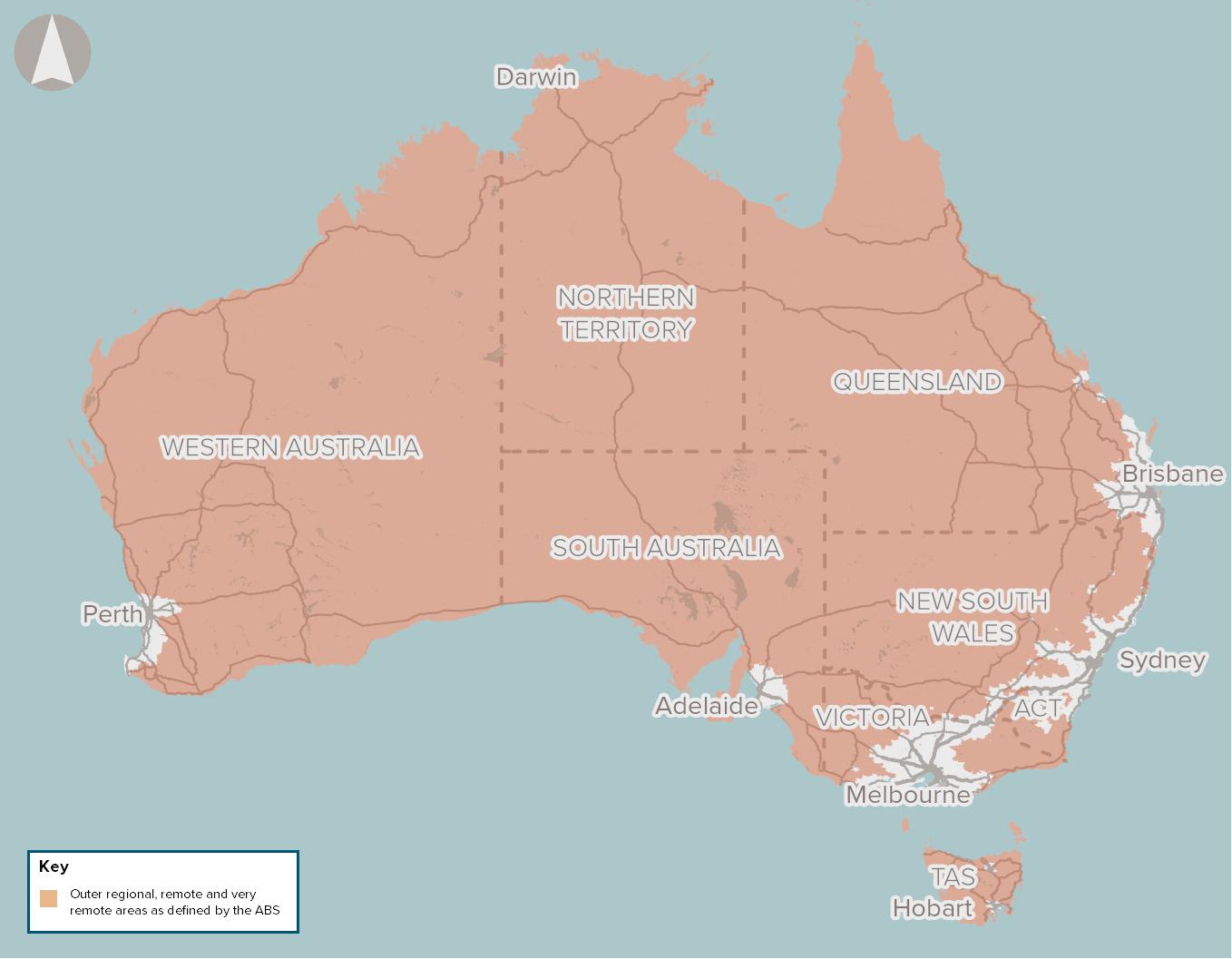
Desert Springs Octopus Renewable Energy Program
Majority Indigenous-owned developer pursuing a near-term pipeline of grid-connected solar and battery projects along the Darwin-Katherine Electricity System, with potential to expand into wind and green hydrogen. Partnership includes Octopus Australia with Larrakia Nation and Jawoyn Association to deliver utility-scale renewable energy and community benefit sharing.
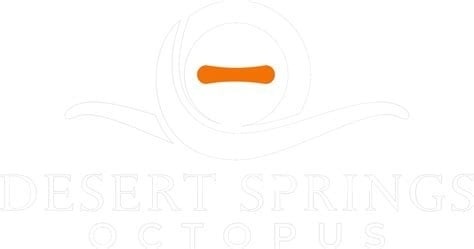
National EV Charging Network (Highway Fast Charging)
Partnership between the Australian Government and NRMA to deliver a backbone EV fast charging network on national highways. Program funds and co-funds 117 DC fast charging sites at roughly 150 km intervals to connect all capital cities and regional routes, reducing range anxiety and supporting EV uptake.
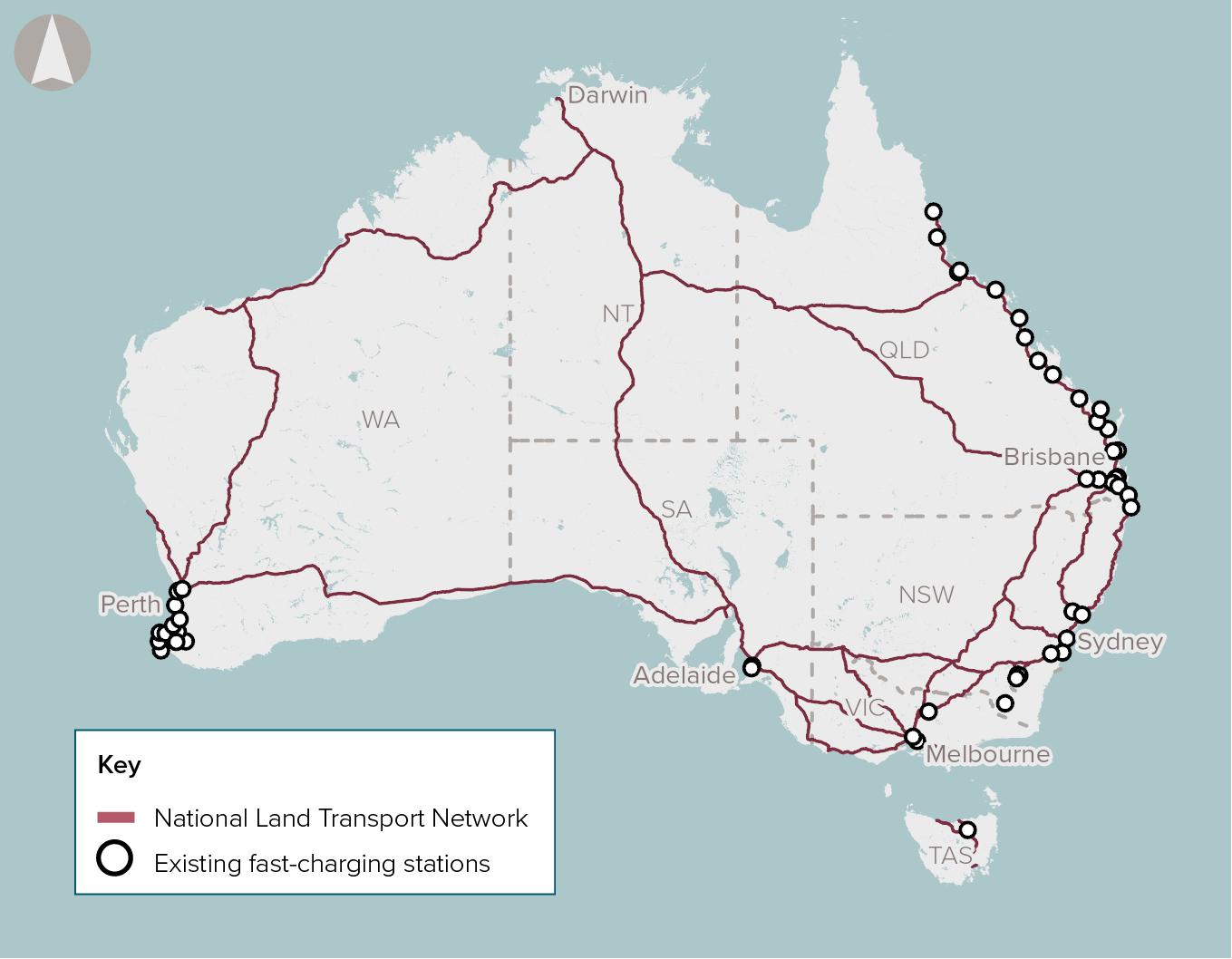
Hudson Creek Power Station
12MW natural gas-fired power plant, NT's first privately owned grid-connected gas generation facility. Features 25% lower emissions than average NT gas generators. Part of dual project with Batchelor Solar Farm, creating 162 construction jobs and providing vital grid stability to Darwin-Katherine network.
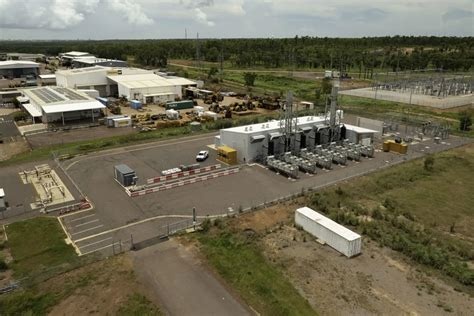
Marine Industry Park
Marine and offshore industries servicing hub at East Arm, Darwin. Stage 1 planning approval is secured for a purpose-built industrial subdivision near the new Darwin Ship Lift, with expressions of interest open for serviced lots. Existing common-user facilities include an all-tide barge ramp (first point of entry) and a secure hardstand supporting storage and fabrication activities.
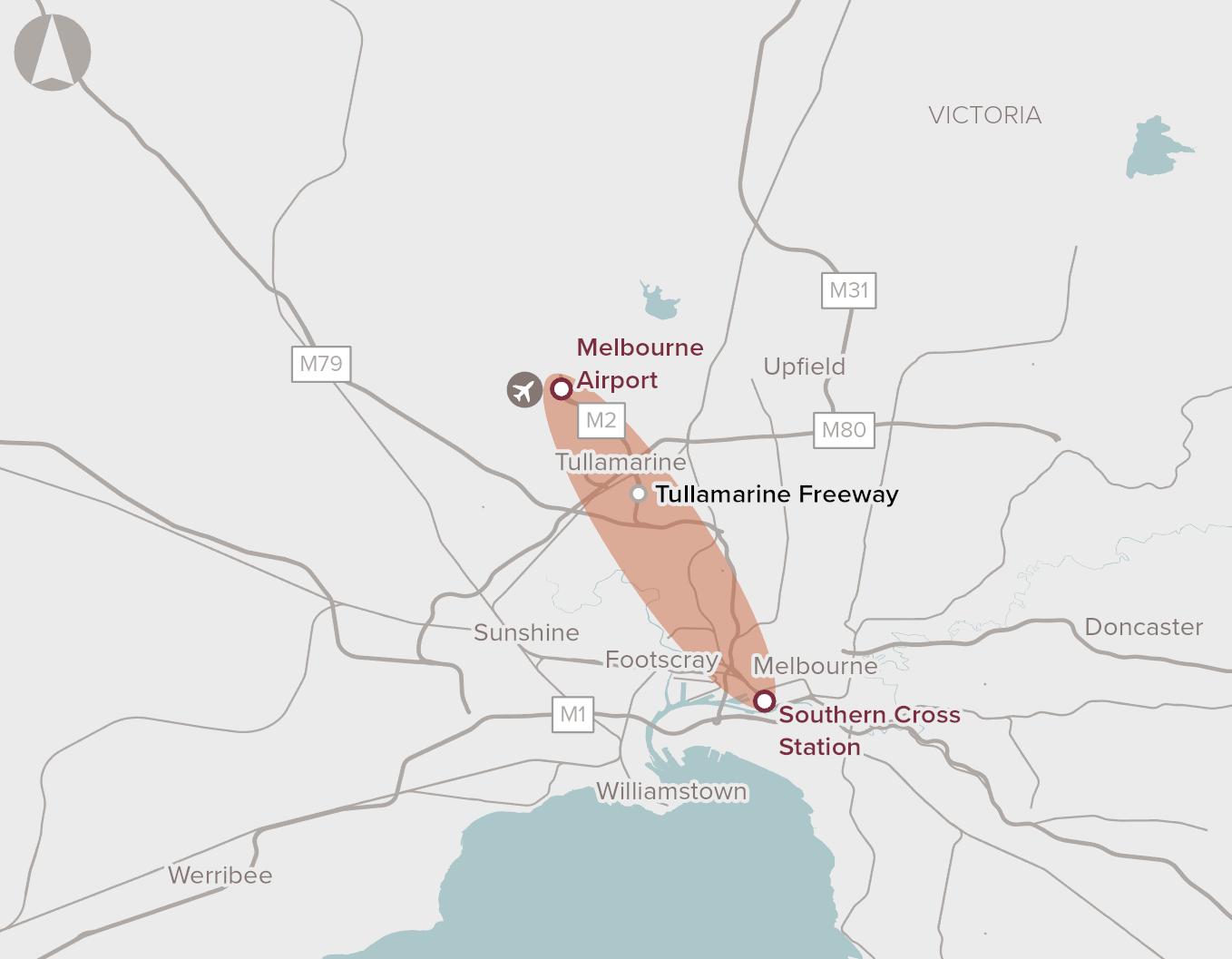
Darwin Renewable Energy Hub
Northern Territory Government proposal to co-locate up to six utility-scale solar farms (total 180-210 MW) with a battery energy storage system on 940 ha of Crown Land west of Finn Road, feeding the Darwin-Katherine grid. Site identified for industry in regional land use plans; consultation held to February 28, 2025 and environmental assessment processes are underway.

Employment
Employment conditions in Moulden face significant challenges, ranking among the bottom 10% of areas assessed nationally
Moulden has a balanced workforce with white and blue collar jobs, prominent in essential services. The unemployment rate was 12.3% in June 2025, with an estimated employment growth of 2.1% over the past year.
Residents' unemployment rate stood at 9.3%, higher than Greater Darwin's 3.0%. Workforce participation was lower at 54.2% compared to Greater Darwin's 69.7%. Dominant sectors were public administration & safety, construction, and health care & social assistance. Construction had a strong representation with an employment share of 1.4 times the regional level, while health care & social assistance showed lower representation at 10.4% versus the regional average of 14.2%.
Employment opportunities appeared limited locally based on Census data comparison. Over June 2024 to June 2025, employment increased by 2.1%, labour force by 2.9%, raising unemployment rate by 0.7 percentage points, unlike Greater Darwin's marginal drop. State-level data to Sep-25 showed NT employment grew by 1.0% year-on-year, with a state unemployment rate of 4.2%. National forecasts from May 2025 project national employment growth at 6.6% over five years and 13.7% over ten years. Applying these projections to Moulden's employment mix suggests local growth of approximately 5.9% over five years and 12.4% over ten years, though this is a simplified extrapolation for illustrative purposes only.
Frequently Asked Questions - Employment
Income
The economic profile demonstrates above-average performance, with income metrics exceeding national benchmarks based on AreaSearch comparative assessment
AreaSearch's latest postcode level ATO data for financial year 2022 shows Moulden's median income among taxpayers was $58,588, with an average of $64,744. This is roughly in line with national averages, which were a median of $65,522 and an average of $75,260 for Greater Darwin. Based on Wage Price Index growth of 10.44% since financial year 2022, current estimates suggest approximately $64,705 (median) and $71,503 (average) as of March 2025. Census data indicates personal income ranks at the 59th percentile ($851 weekly), while household income is at the 37th percentile. Distribution data shows that 32.1% of residents (1,045 people) fall into the $1,500 - 2,999 bracket, which aligns with regional levels where this cohort represents 36.7%. Housing affordability pressures are severe, with only 80.4% of income remaining after housing costs, ranking at the 33rd percentile.
Frequently Asked Questions - Income
Housing
Moulden is characterized by a predominantly suburban housing profile, with above-average rates of outright home ownership
The latest Census data shows that in Moulden, 80.3% of dwellings are houses, with the remaining 19.7% being semi-detached homes, apartments, or other types. In comparison, Darwin metro has 75.9% houses and 24.0% other dwellings. Home ownership in Moulden stands at 11.1%, with mortgaged properties accounting for 43.0% and rented dwellings making up 45.9%. The median monthly mortgage repayment in the area is $1,632, which is lower than the Darwin metro average of $2,037. The median weekly rent in Moulden is $295, compared to $400 in Darwin metro. Nationally, Moulden's mortgage repayments are lower than the Australian average of $1,863, and rents are substantially below the national figure of $375.
Frequently Asked Questions - Housing
Household Composition
Moulden has a typical household mix, with a lower-than-average median household size
Family households account for 68.6 percent of all households, including 28.3 percent couples with children, 17.3 percent couples without children, and 21.1 percent single parent families. Non-family households constitute the remaining 31.4 percent, with lone person households at 28.6 percent and group households comprising 3.4 percent of the total. The median household size is 2.7 people, which is smaller than the Greater Darwin average of 2.8.
Frequently Asked Questions - Households
Local Schools & Education
Moulden faces educational challenges, with performance metrics placing it in the bottom quartile of areas assessed nationally
The area's university qualification rate is 11.5%, significantly lower than the SA4 region average of 31.3%. This disparity presents both a challenge and an opportunity for targeted educational initiatives. Bachelor degrees are the most common at 8.2%, followed by graduate diplomas (1.8%) and postgraduate qualifications (1.5%). Vocational credentials are prominent, with 46.5% of residents aged 15+ holding such qualifications - advanced diplomas at 7.7% and certificates at 38.8%.
Educational participation is high, with 40.8% of residents currently enrolled in formal education. This includes primary (16.8%), secondary (12.6%), and tertiary (4.4%) education. Moulden Primary School serves the local area, with an enrollment of 204 students as of a specific date. The school focuses exclusively on primary education, with secondary options available in nearby areas. Local school capacity is limited, with only 6.3 places per 100 residents compared to the regional average of 14.7, resulting in many families traveling for schooling.
Frequently Asked Questions - Education
Schools Detail
Nearby Services & Amenities
Transport
Transport servicing is moderate compared to other areas nationally based on assessment of service frequency, route connectivity and accessibility
Transport analysis indicates seven active stops in Moulden, all of which are bus stops. These stops are served by 22 unique routes that collectively facilitate 1,037 weekly passenger trips. Residents' accessibility to public transport is rated as good, with an average distance of 235 meters to the nearest stop.
The service frequency across all routes averages 148 trips per day, which translates to roughly 148 weekly trips per individual stop.
Frequently Asked Questions - Transport
Transport Stops Detail
Health
Moulden's residents are relatively healthy in comparison to broader Australia with the level of common health conditions among the general population somewhat typical, though higher than the nation's average among older cohorts
Moulden's health metrics closely align with national benchmarks. Common health conditions are somewhat typical of the general population but are higher than the average among older cohorts.
Private health cover stands at approximately 52% (~1690 people), slightly above the SA2 area average, compared to Greater Darwin's 56.4%. The most prevalent medical conditions are asthma (8.3%) and mental health issues (7.6%). A total of 69.8% report no medical ailments, compared to Greater Darwin's 76.6%. Moulden has a higher proportion of residents aged 65 and over at 11.6% (~377 people), versus Greater Darwin's 7.5%. Health outcomes among seniors require additional attention due to the challenges they present.
Frequently Asked Questions - Health
Cultural Diversity
In terms of cultural diversity, Moulden records figures broadly comparable to the national average, as found in AreaSearch's assessment of a number of language and cultural background related metrics
Moulden's cultural diversity aligns with its wider region, with 78.3% citizens, 84.2% born in Australia, and 86.3% speaking English only at home. Christianity is the predominant religion, comprising 44.3%. Buddhism is slightly overrepresented at 2.4%, compared to 2.3% regionally.
Ancestry-wise, Australian (24.0%), English (22.2%), and Australian Aboriginal (18.3%) are the top groups, with the latter substantially higher than the regional average of 9.1%. Notable ethnic group disparities include Filipino at 3.2% in Moulden versus 4.8% regionally, Maori at 0.9% versus 0.7%, and Spanish at 0.6% versus 0.3%.
Frequently Asked Questions - Diversity
Age
Moulden's young demographic places it in the bottom 15% of areas nationwide
Moulden's median age is 33 years, comparable to Greater Darwin's average of 34 and substantially under Australia's median of 38. Relative to Greater Darwin, Moulden has a higher concentration of residents aged 5-14 (16.7%) but fewer residents aged 25-34 (13.1%). Post-census data from 2021 shows the 75 to 84 age group grew from 2.3% to 3.7% of the population, while the 15 to 24 cohort declined from 12.9% to 11.9%. Demographic modeling suggests Moulden's age profile will evolve significantly by 2041. The 45 to 54 age cohort is projected to grow steadily, expanding by 123 people (30%) from 417 to 541. Meanwhile, the 0 to 4 cohort grows by a modest 6% (14 people).

